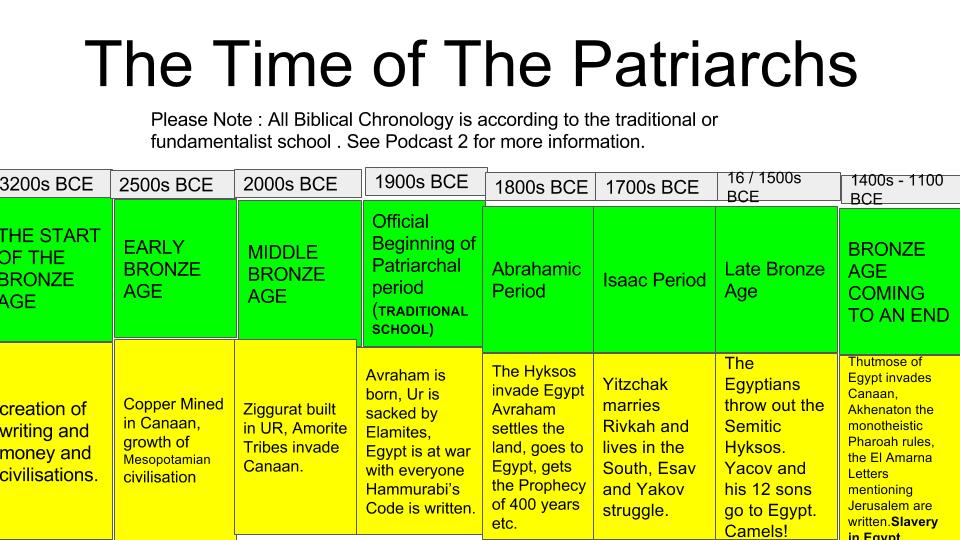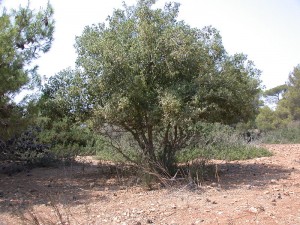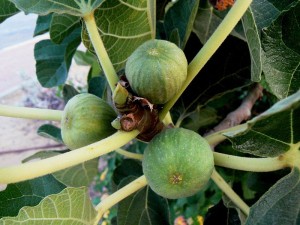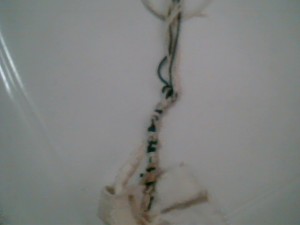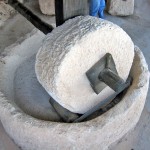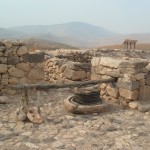I chose recently to make a new video (See bottom of the page) about Islam and the Temple Mount and answer the question:
“Why is the Temple Mount (Haram El Sharif) important to Muslims?” A day before I made the video the following thing happened:
I was standing in Synagogue, a guy turns around to me and asks “What do you do?”. I told him that I am a tour guide.
He says: “I hope that you’re not one of those guides who tell people that Muslims have anything here”. He went on to say that guides who do this are in fact “sellouts”, that the Temple Mount is only holy for us Jews and everyone else can get lost.
The truth is, the Temple Mount is the only place in the world that is truly holy for Jews, the place the first Temple stood, the place the Second Temple stood. Every time a Jew turns and prays it is to Jerusalem and the site of the Temple. Every Orthodox Jew prays 3 times a day for the rebuilding of the Temple. However, that is far from the “whole story” and far from what a decent tour guide who studies the texts should tell you in its entirety.
People come to Jerusalem and hire a guide to hear from an educated person the story and history of Jerusalem. If you were introducing the history of Jerusalem it would be irresponsible and really silly to leave out the various periods of Muslim rule; in total over 1000 years of rule. Did this man honestly expect me to leap from “The Romans destroyed the Temple in the year 70…. now we have a Jewish State”? Islam is a part of the history of Jerusalem, it takes a shockingly insecure person to try and ignore their history.
I accept that the Temple Mount has become entwined in the conflict between Israel and Palestine. May Israelis and Palestinians have lost family and friends. It becomes very difficult to stick to the facts or to divide cold history from our feelings and desires to protect ourselves, not to sell out, to be true to ourselves and be proud Israelis.
As a religious Jew, I have no problem with other religions finding Jerusalem to be important. I actually think that this is how a future Messianic Age will come about. As Isaiah wrote:
“For My house will be a House of Prayer for All Nations”
כי ביתי בית תפילה יקרא לכח העמים
Isaiah 56:7
Jerusalem is the center of my world and it should be the center of the world for all nations, not divide us in arguments about whose buildings should be destroyed, rather Jerusalem should unite us to better our global condition.

